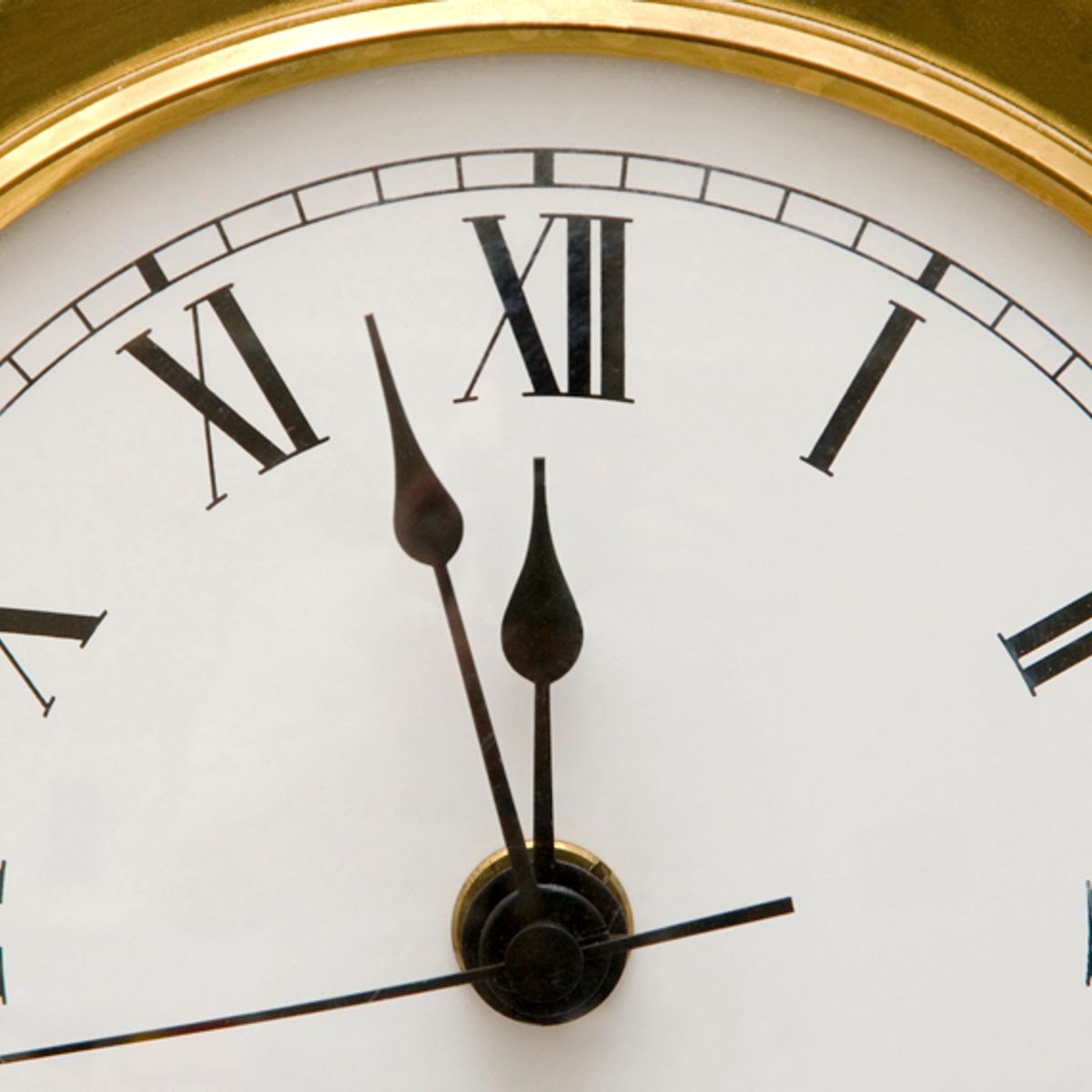#Daylightsavingtime #March8
Since the winter solstice on Dec. 21, 2019, the nights have been getting shorter, and the days are longer. So, when do we change the clocks?
Daylight saving time (often erroneously said as daylight savings time) begins Sunday, March 8, 2020.
via GIPHY
That Sunday, the clocks will spring forward, causing areas that practice daylight saving time to lose an hour (don't worry, the hour is gained back in the fall).
When the clock strikes 2 a.m., the time will change to be 3 a.m.
Most of the United States practices daylight saving time, much to the disdain of lawmakers including Lancaster County Sen. Scott Martin (R-Martic Township).
Arizona is the only state that refrains from practicing daylight saving due to the summertime heat.
The residents of Arizona prefer their cooler nights as a break from the harsh temperatures, according to the National Geographic.
The amount of sunlight will get progressively longer until the summer solstice, which is June 21, 2020.
By Lancasteronline | Staff


Comments
Post a Comment